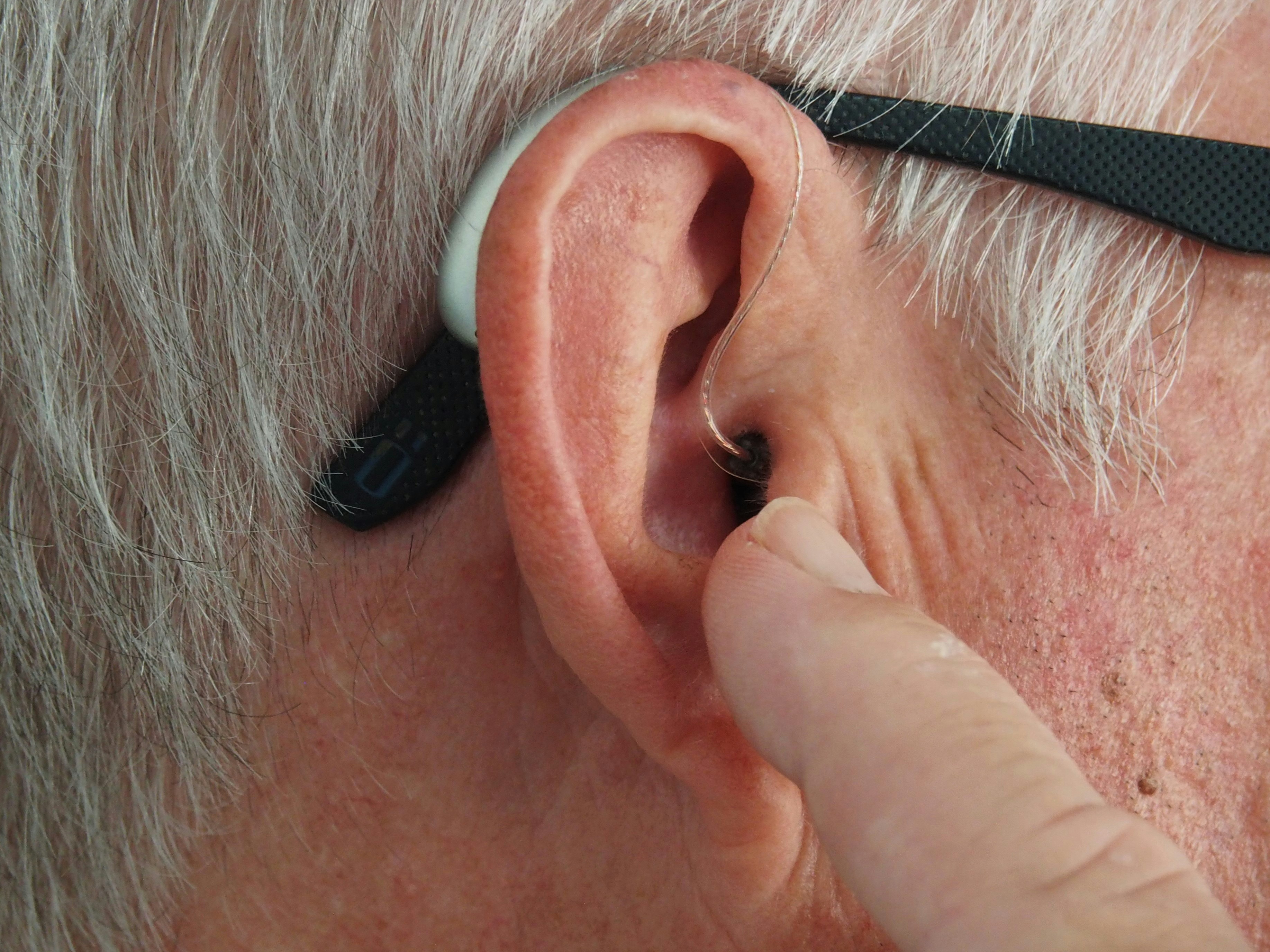Shopping for a hearing aid is something that requires careful consideration and research. If you choose the wrong product, you may end up getting very little use and value out of your device, not to mention having to spend more money on new hearing aids in the near future. Do you plan on getting some new audio devices for your hearing loss but don’t know what qualities you should be looking for in a pair of hearing aids? If so, here are a few tips on what to look for in a hearing aid device and how you can choose the right product for your needs.
Consider the specifics of each product.

There are many considerations that you will need to make when you’re shopping around for the best hearing aids for your needs. Beyond simply looking at of the brilliant hearing aid brands out there like Resound, Starkey, and Signia, you will also need to think about what your hearing aid is intended to do (and what your current level of hearing loss is), how you would like your aids to fit in your ear, what your current budget is and which products fall within that price range, and if you are looking for any advanced features that improve your device’s functionality. To help you make sense of these features and simplify the research process, let’s take a look at a few key points that will impact your final purchase.
What do you need your hearing aids to do for you?
A hearing aid, like any piece of technology, should be selected based on your day-to-day needs. Beyond your current quality of hearing, ask yourself what you need your hearing aid to do. Am I someone who spends more time at home and needs an amplifier that can help me hear things around my house? Am I someone who goes out often and needs something that can provide me with more clarity in a noisy environment? Does my deafness outweigh my preferences, causing me to need something that’s versatile and will provide me with better sound quality all around? Think about what you need and base your purchase on these needs instead of picking one based on whether or not it’s a good choice for others.
What types of hearing aids are there?

There are multiple types of hearing aid styles that will impact your overall experience. Some of these styles that you’ll need to know as you conduct your research include:
- Completely in the Canal (CIC): CIC hearing aids are designed to fit right into your ear canal, offering benefits like low visibility, a reduced likelihood of picking up background noise, and small size. Some disadvantages of CIC products include an increased likelihood of earwax clogging the speaker, small batteries (and shorter battery life), and the fact that there are no special features in this small device.
- In the Canal (ITC): ITC devices are custom-molded and fit partially in the ear canal, offering less visibility than other styles and the potential for extra features to be included (although they’re still susceptible to ear wax blockage).
- In the Ear (ITE): ITE devices fit in the bowls of your outer ears, offering more features, greater usability, and longer battery life. However, you will still experience wax blockages and may end up picking up wind noise as this is a larger, more visible device.
- Behind the Ear (BTE): BTE hearing aids are more traditional hearing aids that provide greater amplification with less visibility (though they may pick up more noise than other options).
- Receiver in Canal (RIC) or Receiver in the Ear (RITE): RIC and RITE devices are some of the best options for those who want their hearing aids to be near undetectable.
- Open Fit: Open fit hearing aids are designed to improve normal hearing for low-frequency sounds while amplifying high-frequency sounds for the user. These small devices don’t plug the ear and make it easier to hear your own voice. However, their small parts can make them difficult to manage.
Make sure to carefully look into each type of hearing aid and understand the benefits and disadvantages before you settle on any one type.
Do you need any special features?
Digital hearing aids offer some of the latest technology that serves to enhance your experience. But not everyone is going to need these features. Consider your day-to-day life and whether or not you would benefit from add-ons like Bluetooth capabilities, volume control, rechargeable batteries, directional microphones, telecoils, remote controls, and other such built-in programs and features. Even if you’re on a budget, don’t worry. You can absolutely find an affordable option for your needs, even if has some of the features listed above. The right hearing aid is the one that meets your needs and provides you with the best experience, not the one that is the cheapest.
Looking for a hearing aid can be stressful, but with the right information, the shopping experience is easy. If you’re on the hunt for new hearing aids, use the guide above to learn more about which types exist, which ones will fit your personal needs, and how you can begin narrowing down your options now.




